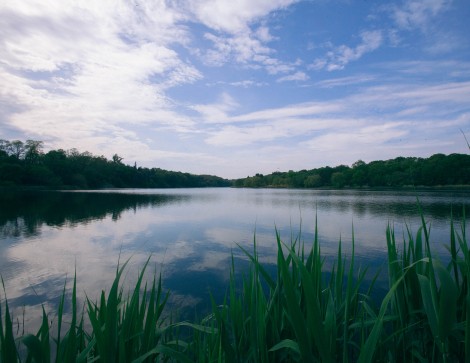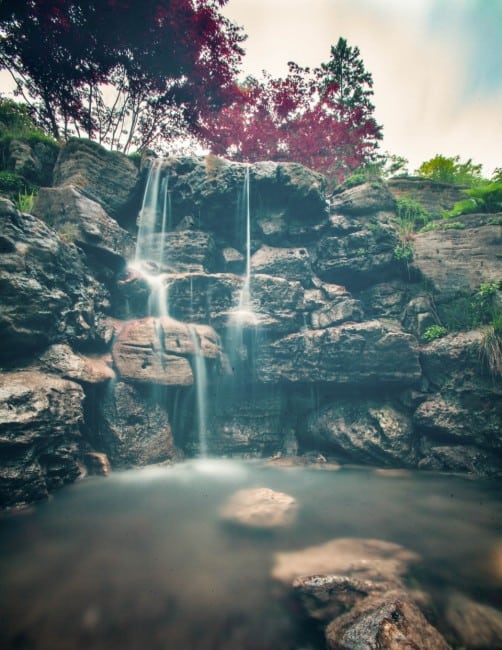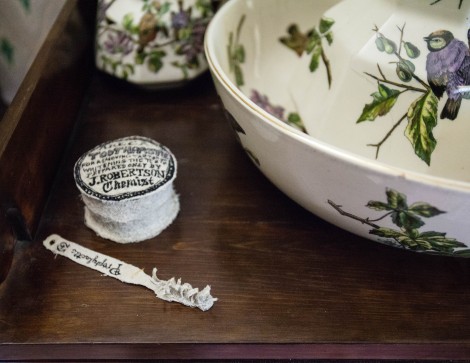n the 1800s, architect John G. Howard and his wife Jemima owned a Toronto goat farm. Before their deaths, the Howards made a deal with the city: in exchange for a three hundred dollar down payment and a pension of $1, 200, the land would, upon their deaths, be turned into a public park — what is known today as High Park.

Matthew Manhire/THE VARSITY
I visited High Park for the first time last week, and I admit that my expectations were low. Having grown up in Vancouver — a city often lauded for its ample greenery — I have learned to manage my expectations for Toronto’s “parks.” I expected High Park to be yet another square site squashed between derelict buildings with barely enough greenery to pass as a lawn.
Heading into spring, some students are taking particular notice of Toronto’s concrete landscape. As U of T student Adam Wynne put it, “the downtown core is abysmally bleak. We… need more green space.”
In the case of High Park, I was pleasantly surprised. It is not just another Toronto Parkette. In fact, walking through it for the first time, I was strongly reminded of Vancouver’s Stanley Park.
The number of signs designating off-limit areas was also surprising, each one proudly declaring the land behind to be ecologically important and protected by law.
Beginning in the late 1970s, the city began to realize that the park’s natural environment was a key asset. The city limited mowing to encourage and preserve the rare Oak savannah found in the park. In 1986 further studies were conducted, leading to plans for rehabilitating the city’s ravines. Eventually, High Park would be designated an Area of Natural and Scientific Interest (ANSI) by the Government of Ontario.
High Park maintains its important role in Toronto’s approach to wildlife conservation and nature programming. Each sign is an attempt to salvage what remains of Toronto despite rampant urbanization. Whereas Vancouver is spoiled with its wealth of easily accessible natural beauty, Toronto has learned to make do. Here, in the middle of the city, is a hopeful sanctuary for wildlife to gather.
As for the Howards’ home, Colborne Lodge, it is now a small museum, which preserves a piece of Canada’s cultural past: the house is a rare example of a regency picturesque building; the rooms inside are furnished with pieces from the 1800s. The lodge and High Park provide archaeological insight into human habitation of Canada from pre-contact to the modern era, making this site an indispensable part of Toronto’s heritage.
The park’s history runs richer and deeper than that. During the First World War the park provided a perfect natural expanse for Canadian soldiers to practise military training exercises. Grenadier Pond had been transformed into a wintery site, and a perfect arena for numerous hockey tournaments. The natural mineral baths, now long gone, provided park patrons with a welcome place to soak tired bodies. Throughout the years, the park has, and continues to be, a place for people to gather.
The numerous parkettes I once scoffed at — “Vancouver has bigger, prettier ones!” — now take on a different significance to me. Each one is an — albeit small — attempt to retain the natural beauty of a city that has long neglected environmental conservation. To me, it seems that High Park is the embodiment of this aim.



